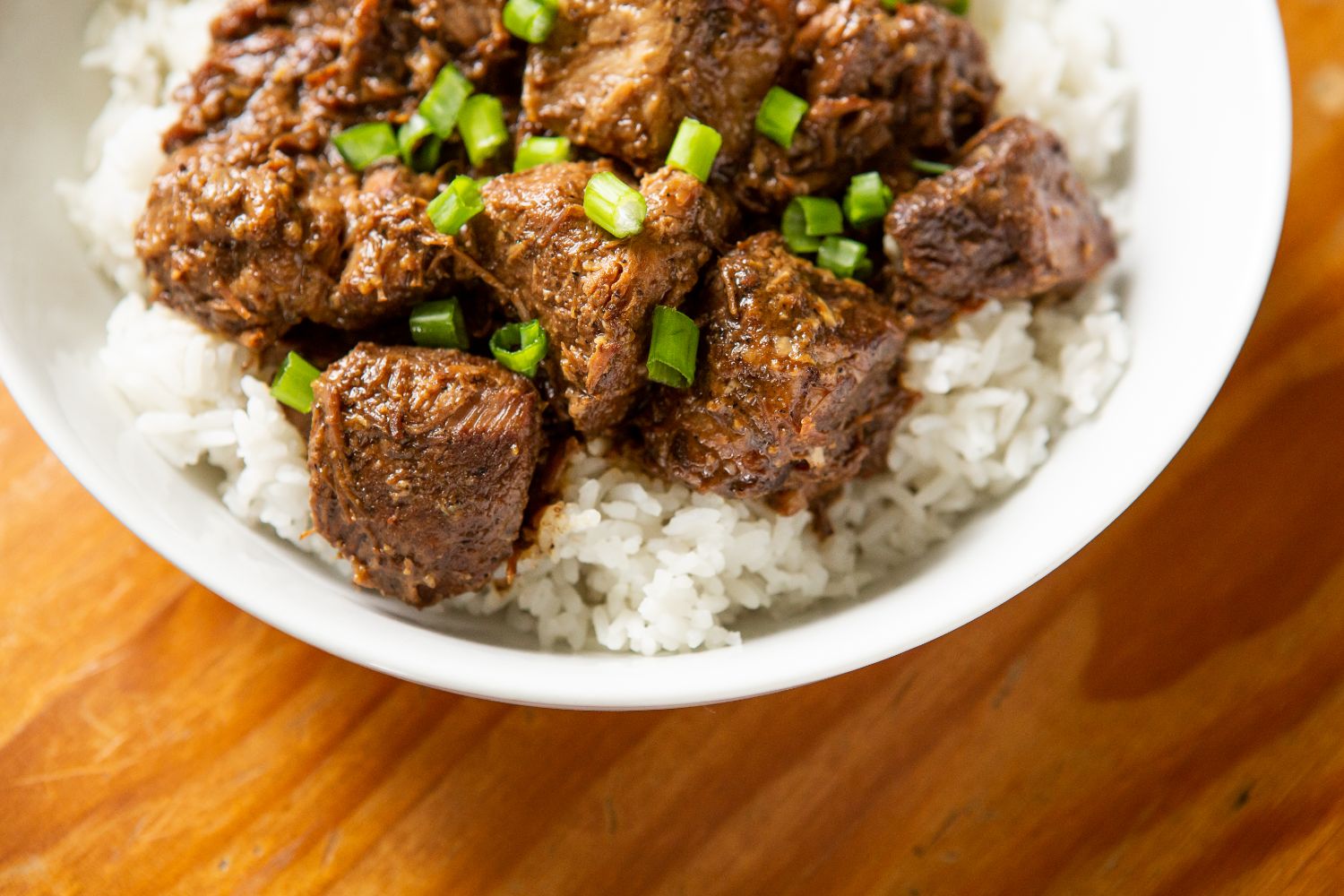Filipino Food in WNY
Filipino food is having a moment right now and even our little WNY alcove of the culinary world is experiencing an uptick in awareness about the Pacific cuisine. It’s not hard to see why Filipino cuisine is becoming more popular. Its signature dishes have a visceral, almost primal appeal.
Typically served in a sizzling skillet, pork sisig is a spicy, salty mélange of pork belly, onions, garlic and peppers that happens to pair perfectly with a cold beer. Lumpia are crunchy, deep-fried spring rolls bursting with meats and tangy vegetables. Chicken adobo is a dish of braised-then-broiled chicken thighs that is briny and savory. Halo halo is a milkshake-type dessert with a cult following that is a treacly world of textures and flavors.
To get your head around Filipino food, it helps to have a bit of historical background. The Philippines is a nation of more than 7,000 islands in the Western Pacific, smack-dab between China and Australia. The archipelago was occupied by the Spanish from the 16th century until the end of the 19th century, when rule was ceded to the United States—fallout from the Spanish-American war. (The U.S. then granted independence to the Philippines in 1946.)
These occupations influenced modern-day Filipino cuisine. For instance, chicken adobo is made with a Spanish technique, braising in vinegar, while American products like Spam, hot dogs and 7-Up are ingredients in national dishes.
Given its proximity to Asia and history with the U.S., it might not be surprising to find Filipino food has many of the same presentations and aromatics as Americanized Chinese food. Garlic, ginger, green onions and star anise are popular ingredients, and there are noodle dishes (pancit), stews (paksiw) and deep-fried spring rolls (lumpia). One of the main differences, however, is more of an accent on savory-sour flavors. Whether it comes from garlic, citrus or vinegar, acidity is a defining quality of Filipino food.
WNY has a small but thriving Filipino community that is centered around religion and social groups. Events put on by these organizations are far and away the most accessible places to find Filipino cooking, which is made either by small catering companies or home cooks.
Originally from the Philippines and a WNY resident for several decades, Elenita Reyes says she is still faithful to the traditional ways of cooking, as are most home cooks in the community.
“When I cook, I still cook in the Filipino way,” she says. “Some people, to save time, will use frozen carrots instead of chopping fresh carrots. But I don’t do that. I cut my own carrots, my own onions and my own green beans.”
WNY Filipino food isn’t just coming from home cooks. Restaurants can now be found in both Buffalo and Rochester, as well as just over the border in Canada.
Merlita Snow opened Casa Merlita Philippine Cuisine in Rochester in early 2018 after repeatedly getting quizzed about the lack of Filipino restaurants in the area.
“When I started the restaurant, I would meet a lot of Filipinos,” she says. “They would introduce themselves, and say, ‘I’m half Filipino!’, ‘My dad is Filipino’ and so on. I was thinking, I didn’t know that there were so many Filipinos and half-Filipinos in Rochester!”
She’s noticed more and more non-Filipinos coming out to try Filipino food the first time, with about 70 percent of her current customers being non-Filipino. She adds that her non-Filipino customers are a lot more adventurous than she expected. For instance, she’s noticed a growing interest in sinigang–a sour soup that can be quite different for the standard American palate.
In December 2018, Kathrene’s Cuisine opened a food stall in the Broadway Market, giving Buffalo its only open-to-the-public Filipino restaurant.
“We started with pork adobo and chicken adobo, and then we introduced the chicken caldereta, a Filipino version of chicken curry and our famous pork barbecue,” says owner Kathrina Disto. “We didn’t just experiment with the menu. We observed through traveling what dishes are familiar, not just with Filipinos, but with Americans as well.”
“When you start a business like this, people aren’t familiar with the flavors, so we begin by educating through taste tests we conduct,” she adds.
The Kathrene’s Cuisine food stall is very similar to a ‘carinderia,’ a food stall you might find in the Philippines. Carinderias don’t tend to have menus or even a large menu board—just a steam table full of various dishes that customers can choose from. Disto says she hopes to launch a food truck and then a brick-and-mortar restaurant in the near future.
Although we don’t have one in WNY, there are upscale, chef-driven Filipino restaurants popping up in major cities across the country, such as Bad Saint in Washington, DC and Maharlika in New York City. Self-professed foodie Doris Rhodes moved to WNY from Manila in the ‘90s after completing her medical residency, and she has made it a point to explore this emerging, epicurean version of food she knows so well.
“The way that [these restaurants] present it is really different, in a good way: familiar ingredients, but very well combined,” Rhodes says.
While we wait for local Filipino food to reach that level of sophistication, we can appreciate restaurants like Merlita’s and Kathrene’s offering a unique opportunity to enjoy authentic Filipino food, raising awareness in the process.
“Our food is in the middle of the spectrum, like Dallas is in the middle of the U.S.,” Snow says. “It’s not too sour. It’s not too sweet. It’s just right.”





